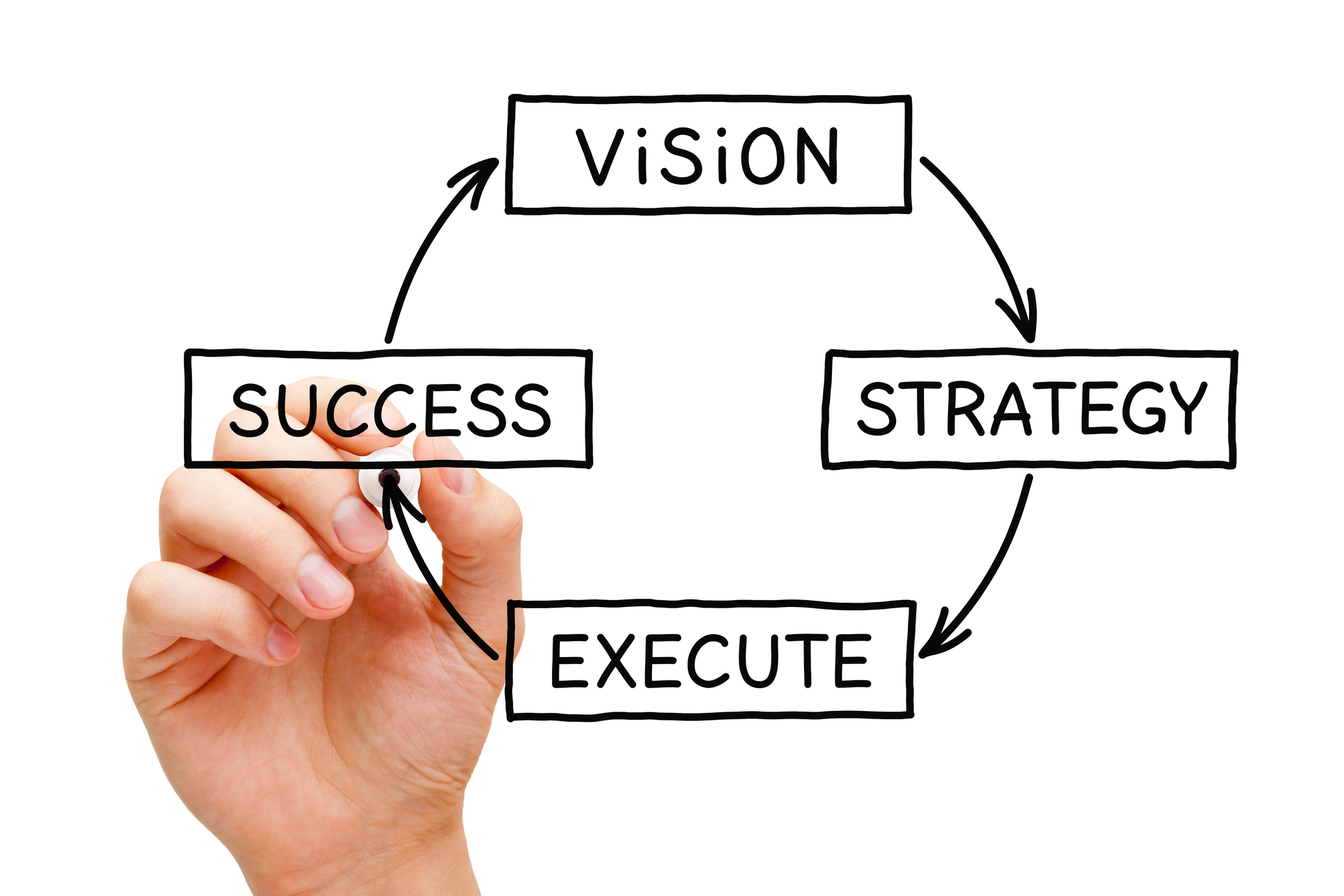Turning the page in a broken relationship is not easy. Emotions can be in full bloom; stress causes us to make a rash decision or take our sleep off with all the discomforts that it entails, mainly if it implies a joint housing because one of the issues that will prevent you from eyeing is how to get out of a shared mortgage.
Managing the passing of a friend or family member is sufficiently troublesome, and attempting to get your head around the money-related side of things (like their home loan) can make things considerably more entangled.
If you have a mortgage with your partner or with a person you live with, but the situation changes, you will face a complicated situation emotionally and financially.

We understand the stage, and we want to help you with today’s entry. We share with you a series of ideas that can help you remove yourself from a shared mortgage.
On the contrary, if it states in the deed of your mortgage, the responsibilities of each mortgage debtor are universal and unlimited. It means that each one will respond to all debt with all their assets, present and future. Therefore, if your partner or co-owner of the mortgage stops paying their share of the fee for any reason, you will have a problem. Be clear that the bank will come to you to pay that part with your present and future assets. It can demand all the debt. Another thing is that, later, you can request from the other holder his part by judicial means.

Following the death of your accomplice, the home does not naturally fall upon you, paying little mind to any will set in place. To move the home loan and the property into a sole name, the survivor would need to apply for and have the option to manage the cost of the home loan in their name. On the off chance that you cannot get another home loan in your name, they may sell the property. Without disaster protection, meeting the regularly scheduled installments all alone can be troublesome. What’s more, you may need to confront the chance of selling your home.
Loan specialists are legitimately permitted to request the reimbursement of the entire home loan. It will hold the option to ‘power’ the offer of a property to recover any remarkable parity, even though, as a rule, moneylenders will be thoughtful and comprehend that the lawful procedure can set aside some effort to sort.
Shared mortgage when one does not pay
Getting out of a shared mortgage when one of the holders does not pay is one of the first solutions we seek. Only in the case (unusual) in which writing the loan in equity sharing will your part be untouchable. If the co-owner does not pay, you will “live” with the bank, which will keep the part of the property corresponding to the debtor who has not paid.

In any case, you have two options: agree with your partner or the other owner to sell the home to cancel the debt and find a new home or keep your share if you have the financial capacity to assume the total burden of the loan and your bank authorizes it. Both scenarios are complex, so consider your options well.
A shared mortgage in case of death
If one of your co-debtors dies, getting out of a shared mortgage is somewhat more complicated. It depends on the heir of the deceased person and the guarantor, and the executor in charge of fulfilling the deceased’s last will. If neither of these two figures is interested in housing and wants to get rid of it, you will have to negotiate to find a solution.
As in the previous situation, you can sell the house to cancel the debt or keep the other party that of the deceased. It all depends on your financial capacity, the interests of the other party, and the agreement you reach with them and with the bank.
If this post has helped you, you can always share it on social networks so that the information reaches more people.
 About Complete Controller® – America’s Bookkeeping Experts Complete Controller is the Nation’s Leader in virtual bookkeeping, providing service to businesses and households alike. Utilizing Complete Controller’s technology, clients gain access to a cloud platform where their QuickBooks™️ file, critical financial documents, and back-office tools are hosted in an efficient SSO environment. Complete Controller’s team of certified US-based accounting professionals provide bookkeeping, record storage, performance reporting, and controller services including training, cash-flow management, budgeting and forecasting, process and controls advisement, and bill-pay. With flat-rate service plans, Complete Controller is the most cost-effective expert accounting solution for business, family-office, trusts, and households of any size or complexity.
About Complete Controller® – America’s Bookkeeping Experts Complete Controller is the Nation’s Leader in virtual bookkeeping, providing service to businesses and households alike. Utilizing Complete Controller’s technology, clients gain access to a cloud platform where their QuickBooks™️ file, critical financial documents, and back-office tools are hosted in an efficient SSO environment. Complete Controller’s team of certified US-based accounting professionals provide bookkeeping, record storage, performance reporting, and controller services including training, cash-flow management, budgeting and forecasting, process and controls advisement, and bill-pay. With flat-rate service plans, Complete Controller is the most cost-effective expert accounting solution for business, family-office, trusts, and households of any size or complexity.

















